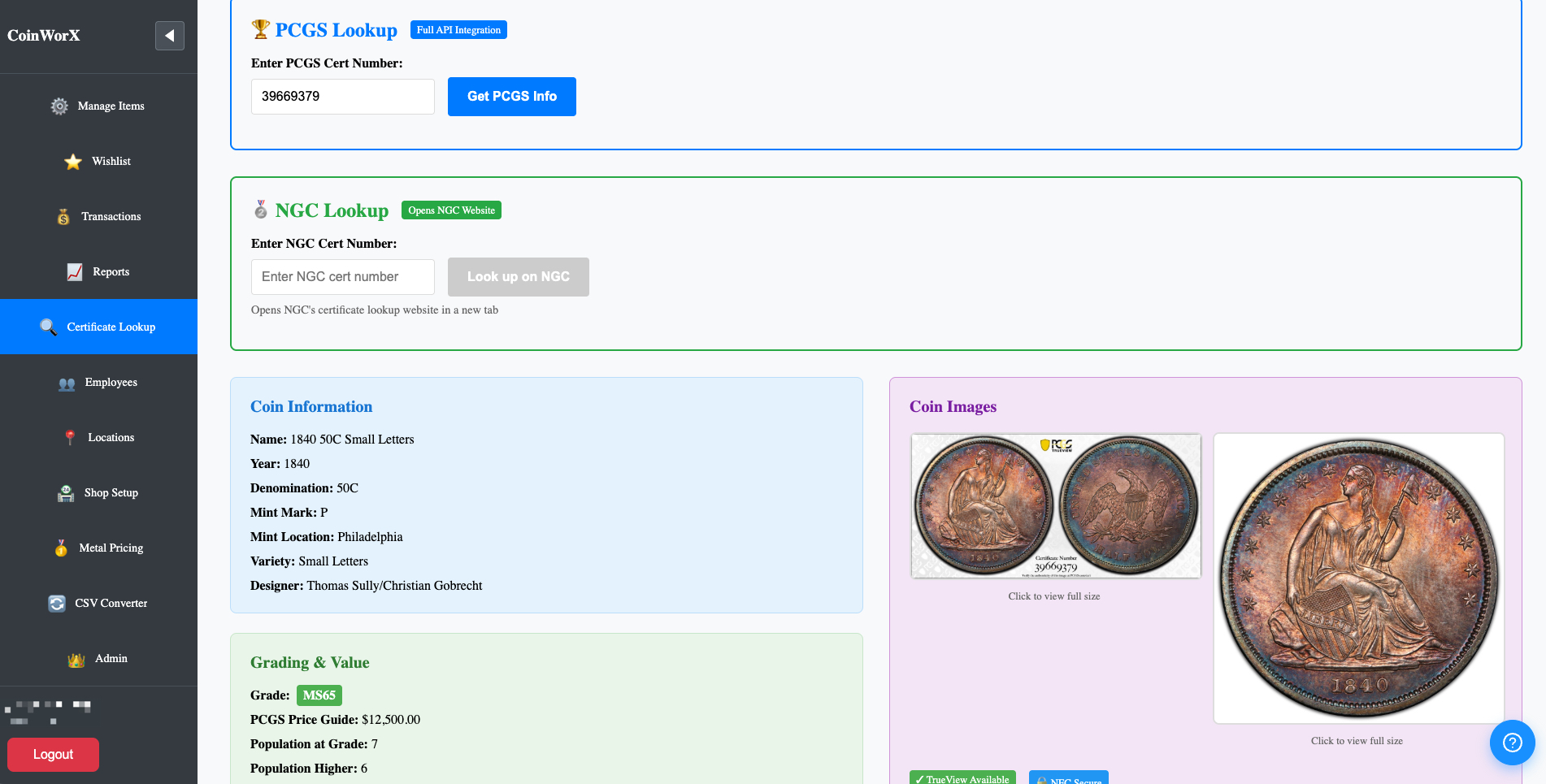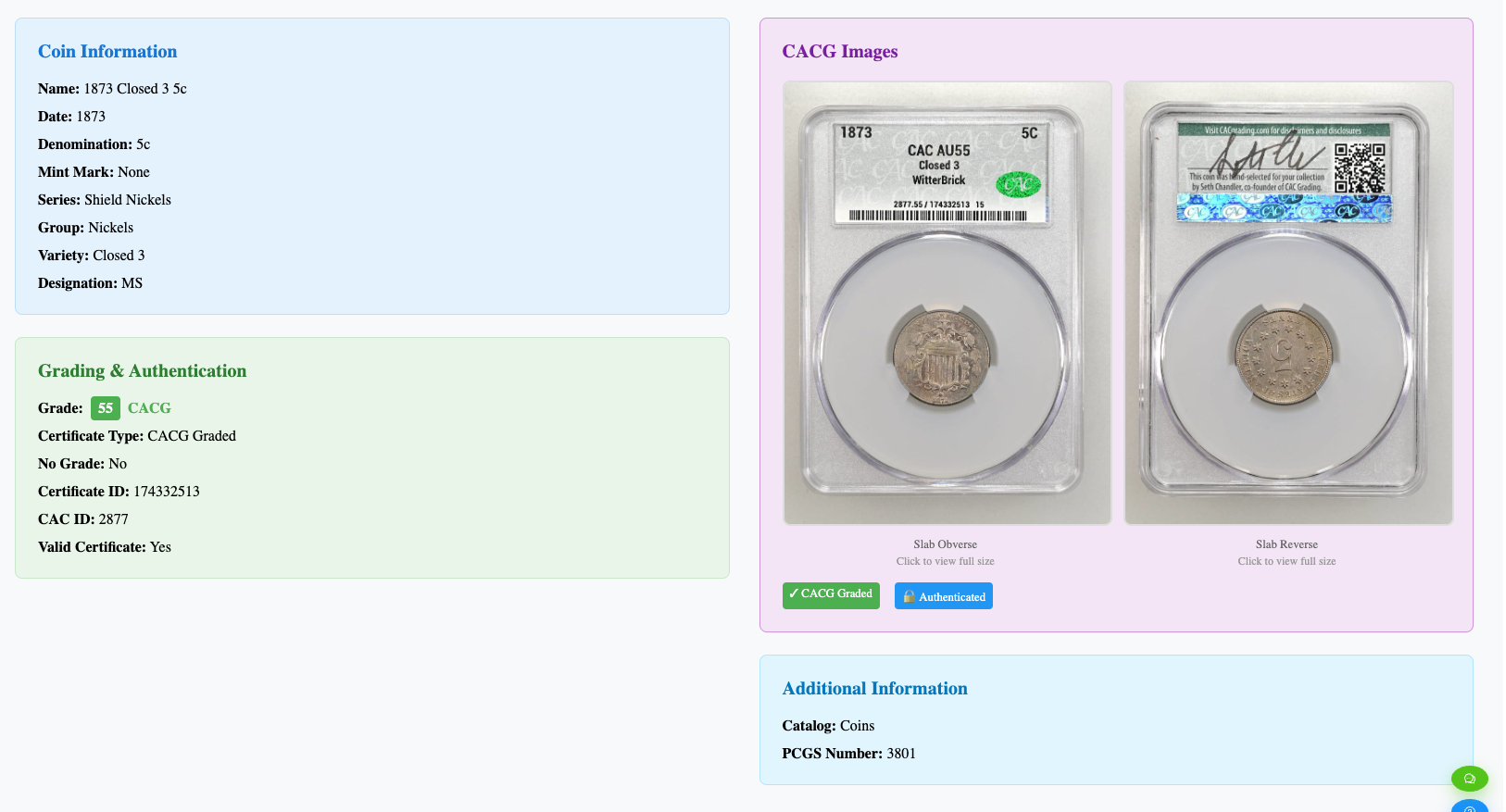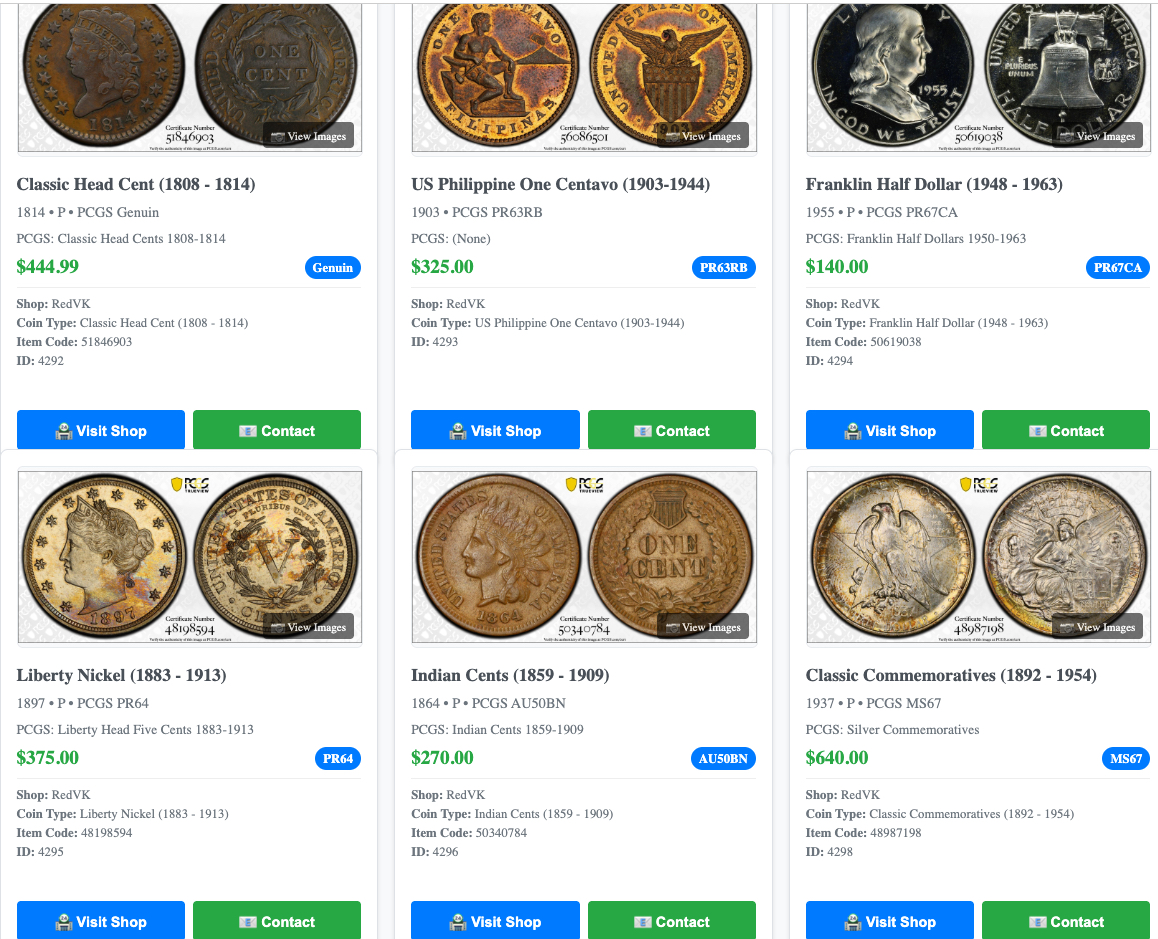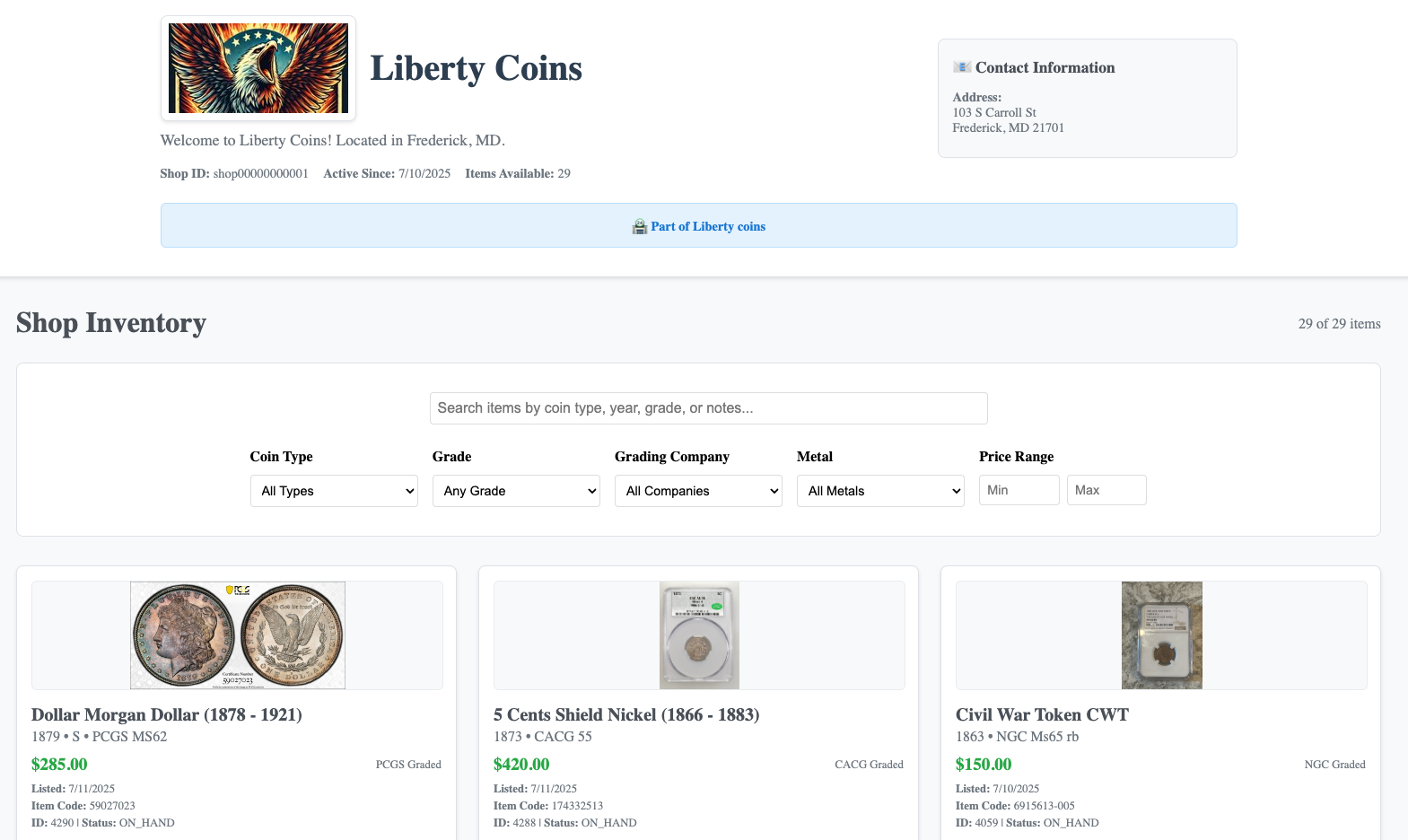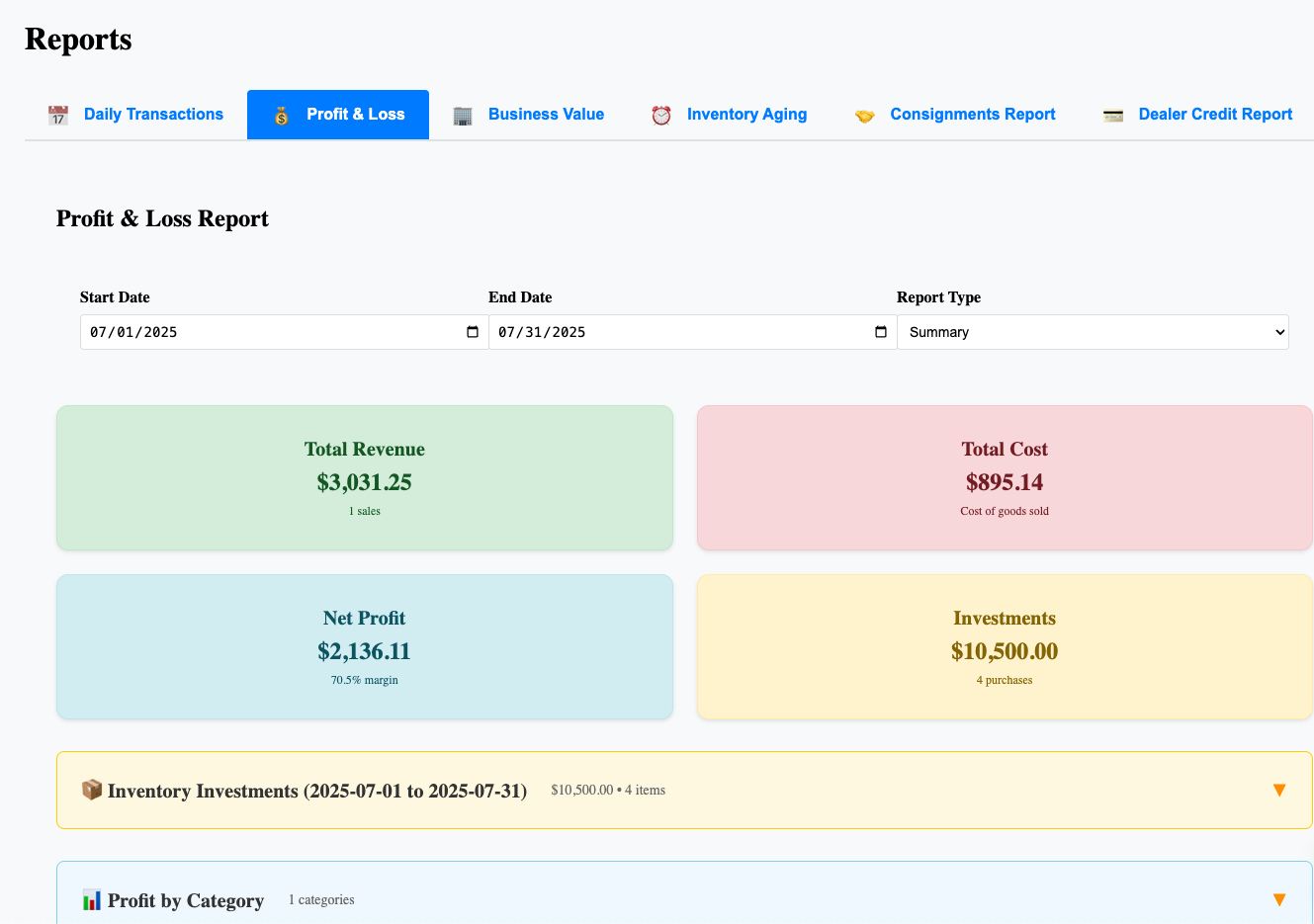
Whitman Expo Winter 2025 was a blast. I met new dealers, collectors, and friends—and I put MyCoinWorX to the test in a real-world setting: a busy coin show table.Big shows like Whitman move fast. Regional shows can be slower paced, but here the constant flow of visitors was the perfect way to see how coin collection inventory management software really performs for solo dealers and coin shops.
Whitman Expo Winter 2025 was a blast. I met new dealers, collectors, and friends—and I put MyCoinWorX to the test in a real-world setting: a busy coin show table.
Big shows like Whitman move fast. Regional shows can be slower paced, but here the constant flow of visitors was the perfect way to see how coin collection inventory management software really performs for solo dealers and coin shops.
For this Whitman Expo, my setup was simple:
That last piece was important. I created a Whitman dealer in MyCoinWorX so every sale and purchase at the show would be tied to that specific event. This made it easy to track profit, expenses, and overall performance for the show.
First up were purchases. I made the rounds to different dealers looking for bulk slabs to support my Whatnot stream (MyCoinWorX) and, like most shows, I walked away with a stack of traditional paper receipts.
Once I finished buying, I headed back to my table, opened the laptop, and logged into MyCoinWorX.
Then I realized: I forgot to add a bulk custom item for slabs.
No problem. In under a minute I:
From there I clicked Add, selected Bulk Items, chose Bulk Slabs, and quickly recorded 357 slabs with my total cost.
All of my Whitman purchases were logged in under three minutes. No digging through receipts, no guessing later what I paid.
With the bulk purchases tucked under the table, it was time for the wave of visitors.
When a collector stopped by and we agreed on a price, my workflow looked like this:
Done. Profit logged, inventory updated, and the coin removed from active stock.
I asked one visitor if he wanted an emailed receipt. He was shocked that I could do that at a coin show: “Yes!” I went to Transactions, printed the invoice to PDF, and emailed it on the spot.
The next test was the situation every dealer worries about: selling multiple items quickly while people are lined up at the table.
My next visitor bought 14 slabs from me.
Here’s how that looked in MyCoinWorX:
The entire multi-coin transaction took less than a minute.
He wanted a paper receipt, and I hadn’t brought a printer—so I tore a page from my notebook and wrote one out. But the important part was that every coin and every dollar was already recorded inside MyCoinWorX.
The visitors kept coming, and one after another I recorded sales, emailing most of the receipts.
During short breaks, I opened:
This was my first major show, and I had real overhead to cover: table fees, hotel, travel, and more. A lot of coin dealers don’t track those costs closely, but this is a business. I want to see real profit and loss, not just a rough guess.
Because everything was recorded in MyCoinWorX, I could see exactly how I was doing while the show was still in progress—not weeks later.
What was even better was for collectors. I saw a lot of coin friends from the WhatNot community. It was awesome pulling up coins I didn't have with me and showing them off. Just searching my inventory, showing pictures and videos of some awesome pieces. Coins don't deserve to live on a spreadsheet. They are meant to be shared and enjoyed with other collectors.
By the end of the Whitman Expo Winter 2025, I had logged over 35 visitor transactions of all sizes. MyCoinWorX kept up with the pace easily. The workflow felt natural—no “I have to get used to this” or “this doesn’t really work at a coin show.”
Looking back, a few takeaways for future shows:
Everything worked exactly how I hoped. And as a coin dealer myself, I’m very hard on tools and processes—I need them to work in real coin show conditions, not just in theory.
On to the next one in Gettysburg.
